When you sit down to your delicious porridge in the morning, do you ever wonder what journey your food went on to reach you? If it’s not something you’ve ever thought about, maybe you should - food miles (the distance food travels to get to you) and shopping and support local businesses are both considered critical to help build a more sustainable world. And really, who wants food that’s been sitting in a shipping container for months and comes from who knows where?!?
If you’re an Outback Harvest teff-lover, we’ve got great news for you in this respect. Your teff is grown, harvested and prepared for you right here in Australia, at our family farm located in the heart of the NSW Riverina. Here’s the journey it goes on to get from a tiny seed to your plate:
Ploughing and sowing
Teff is a summer crop, so this means that we need to start preparations early. In about October of every year, we plough the ground to make sure the soil is as fertile as possible.
This involves boarding the soil (flattening it out) and rolling it (which makes it firm). This process can take a week or weeks, depending on the weather. For us farmers, everything is about the weather. If we plough and then it rains too much, we can’t board as the ground sets and we have to start the process again.
Weather dependant, we finish ploughing in October or November, and then it’s time to sow. To sow, we spread our teff seed evenly across the soil.
Irrigation
Like all crops, teff needs lots of tender loving care to thrive. Our farm is located in the Murray-Darling Basin and has access to water through this vast irrigated system when rain has filled the dams.
The water we use comes from the Hume Dam. It flows from the dam into the Murray River, then from there into the Edward River, and then finally into the Wakool canal. Once it’s reached the canal, it flows to the Teff via our personal irrigation channels.
We’re really proud that our teff gets water from the Murray irrigation system. As the largest gravity-fed irrigation system in the southern hemisphere, the Murray Darling system is much better for the environment than water pump systems (just another tick for teff’s sustainability credentials!).
Growing
Throughout the November to January period, we regularly water our teff. It starts out as a tiny grass, but quickly grows into a beautiful, lush bright green grass - it really is a sight to see!
In about January, the grass starts to put its head out.
Then we excitedly wait for the teff grass to start filling the head with grain, which can take a few weeks.
Harvesting
In February, we wind row the grain, which puts it in nice, neat rows.
Once we’ve done that, we need to wait for the seeds to dry. This can take a few days or a few weeks, depending on the weather (if the seeds are too high in moisture they will go moldy and have to be thrown out!).
After the seeds are dry, it’s harvest time. We use a machine called a header, which threshes the seeds out of the grass.
Cleaning
We then clean the seeds, which takes away the chaff and they are then ready to be packed for consumption or go to the mill. That’s where the magic happens! They are then transformed into flour, pasta or our delicious premixes.
After that, it’s straight to your plate! Grab some of our teff now and let us know what you think.





